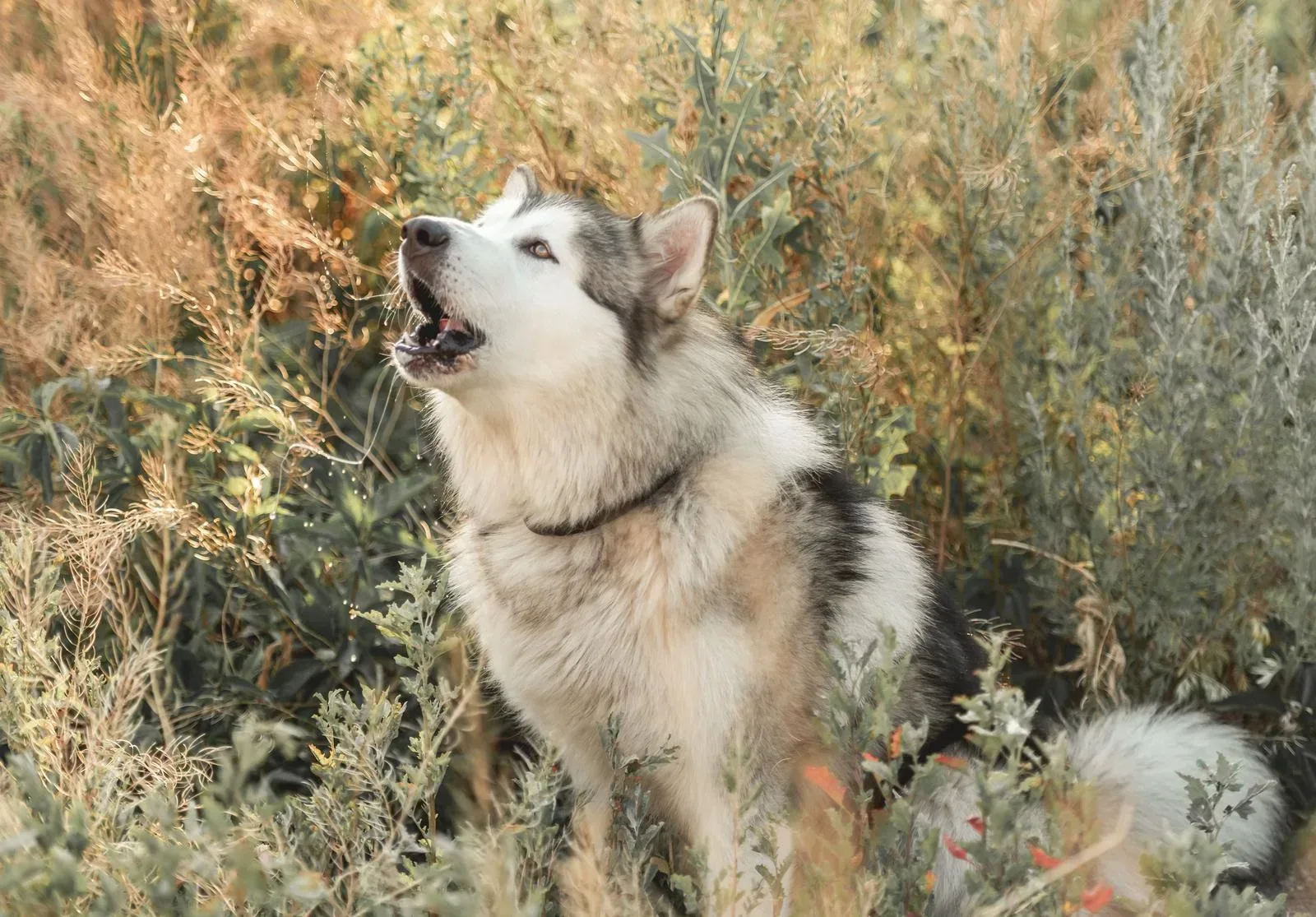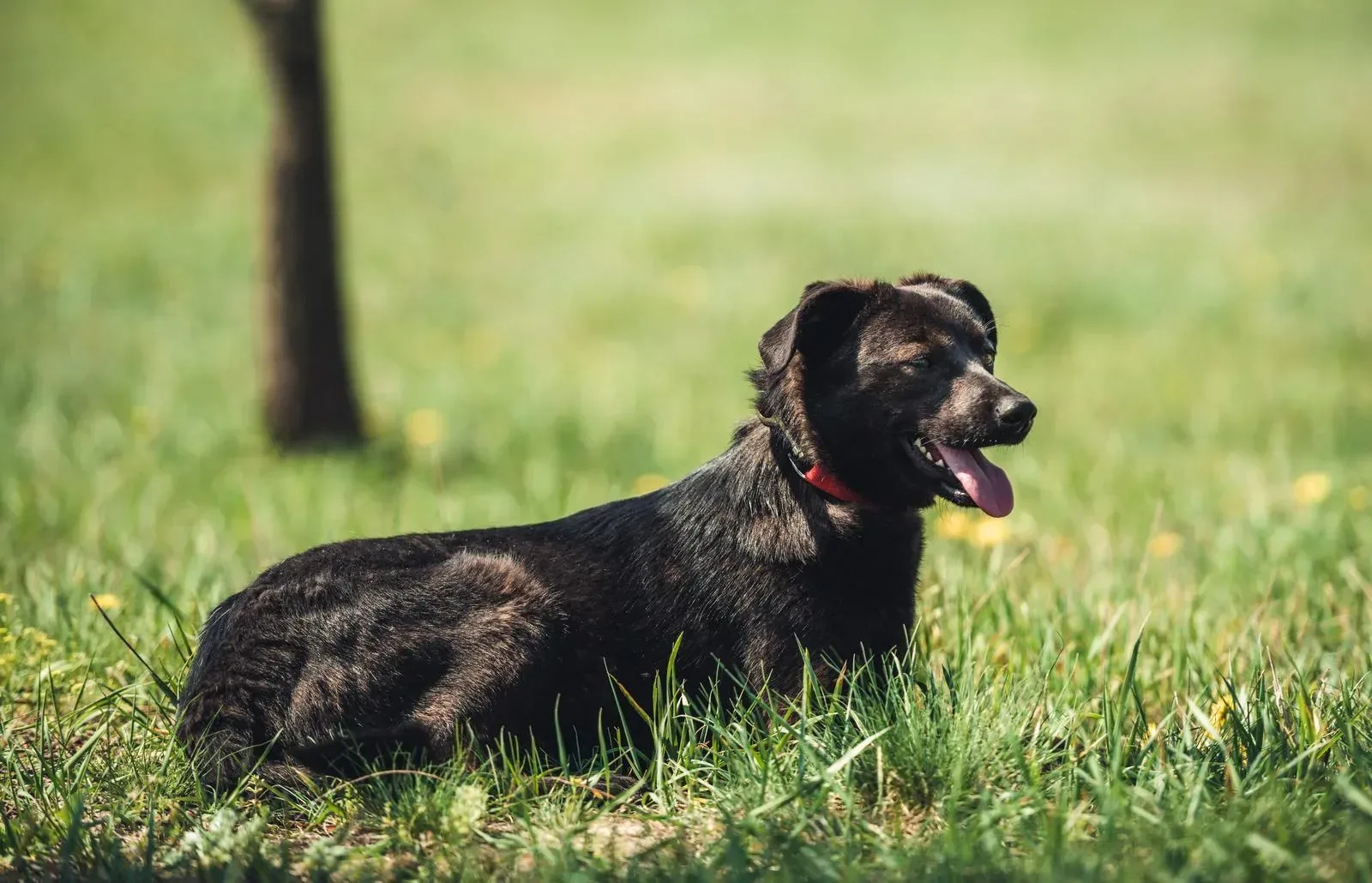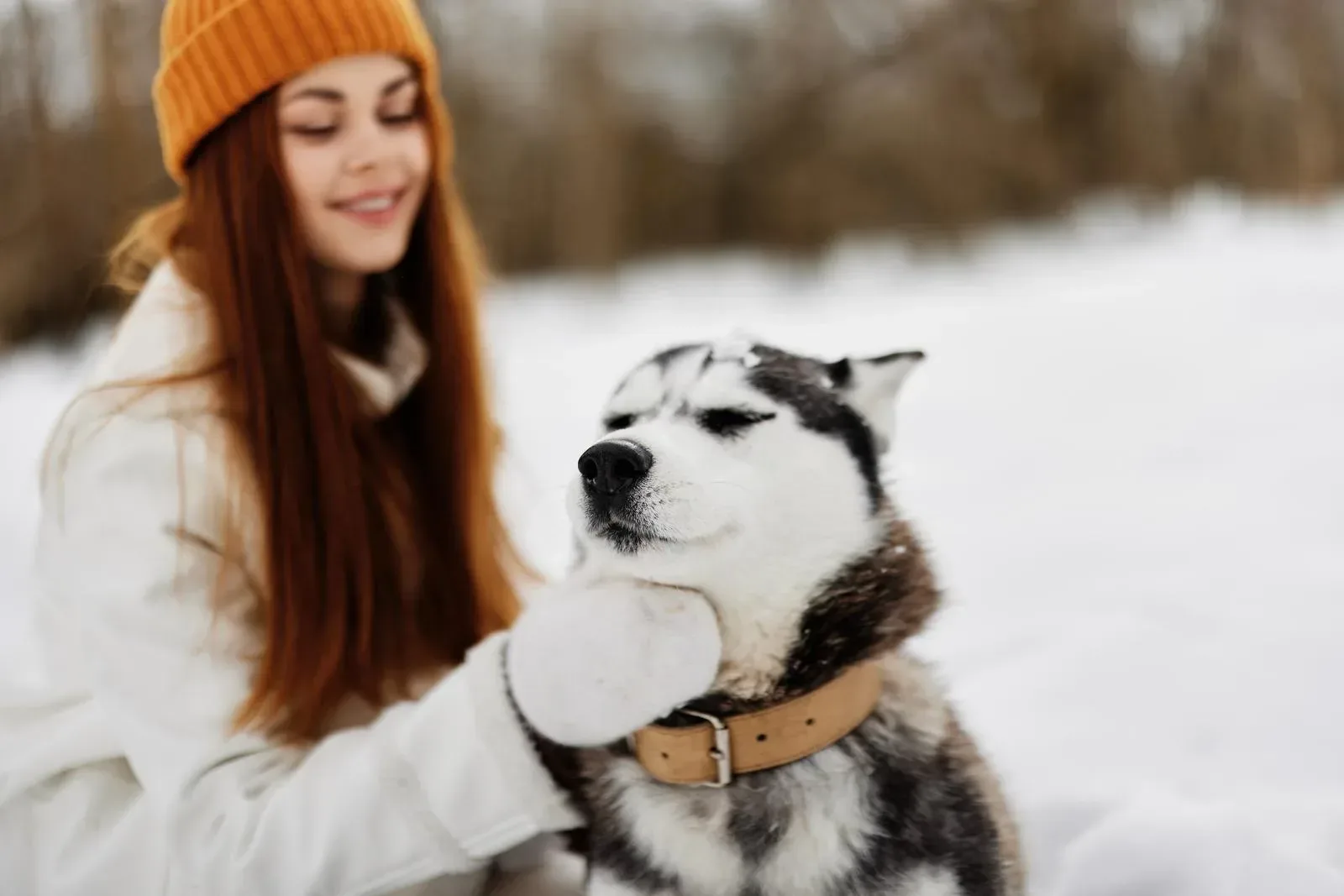
All about great dane basset hound mix
If you are thinking of getting a great dane basset hound mix, then you need to be familiar with some basic information about this breed. This article covers Health issues, Physical traits, and Grooming requirements. It also touches on the ethical considerations of crossbreeding. For more information, read on! So, what’s all the fuss about? Well, in this article, you will learn everything you need to know to make the best choice.
Crossbreeding is unethical
Despite the many advantages of a Great Dane, a Labradoodle is not a good choice for every home. Labradoodles are known to have problems with separation anxiety and are often hard to train. In addition to this, there are also health issues. For these reasons, breeding a Great Dane with a Labradoodle is unethical.
The process of breeding a Great Dane is relatively straightforward, but proper breeding practices are essential. Incorrect breeding practices can pass on negative genes and cause health problems. In addition, both the Great Dane and the Chihuahua are large, so a male Great Dane cannot breed with a female Chihuahua. This mix can result in a dangerous hybrid.
Although there are benefits to breeding a purebred dog, it is still not ethical. The vigour of the resulting hybrid declines over time, which makes the process difficult to maintain. Moreover, a rotational crossbreeding program is difficult to implement and requires extensive planning. Consequently, a mixed breed dog will take more time to develop and mature. However, many breeders argue that a crossbreed dog has a better chance of staying healthy due to greater genetic diversity.
A Great Dane-Basset hound mix is a combination of two popular dog breeds. The Great Dane is the largest dog breed in the world. It has been bred in Germany, and its genes are derived from English Mastiffs and Irish Wolfhounds. In terms of size, it is comparable to the parents, which makes it an excellent choice for home owners.
Health issues
There are several possible health problems in a Great Dane basset hound mix, which you should be aware of before adopting the dog. The most common of these is bloat, a potentially fatal condition that affects dogs with deep chests. To prevent this from happening to your pet, make sure to feed small meals throughout the day. Ear infections can be avoided by keeping your dog’s ears clean. Another health issue you should be aware of is ectropion, a condition in which the dog has excessive skin around the eyes. Other health issues can include glaucoma, which can result in progressive loss of vision.
The Great Dane basset hound mix can suffer from various types of eye problems. While most dog owners are aware of the ocular problems, you should know that your dog could also develop cherry eye. Cherry eye is a congenital defect that causes a protrusion of the red eye. You can treat this condition through surgery. If you’re worried about your dog’s vision, talk to your veterinarian about the best way to treat your pet.
A bloodhound breed is susceptible to chronic eye irritation and infection. Disc degeneration and herniation are common among Dachshunds and are caused by an elongated back. Additionally, both breeds are susceptible to bloat, which is a common ailment in large dogs. Bloat can result in a swollen abdominal area. In addition, Great Dane basset hound mix health problems include heart disease, bone cancer, and osteochondrodysplasia. Ensure you’re avoiding these problems by finding a responsible breeder and asking for health histories.
Another common condition in a Great Dane basset hound mix is ear infections. Ear infections can be prevented by routine ear checks and cleanings. Regular dental care, including brushing and enzyme toothpaste, is also important to prevent painful conditions later in the dog’s life. A great Dane basset hound mix can be active, but they tend to sit still and be low-activity dogs. Even moderate amounts of playtime and daily walks are usually enough.
Physical traits
The physical characteristics of this breed differ from each other, but their similarities can be confusing. The two breeds have similar personalities and physical characteristics, but the Basset Hound is more playful than the Great Dane. The Basset Hound has long, floppy ears and a flat face. Both of these dogs are active and need plenty of exercise. In addition to this, the Basset Hound has an extremely active mind and will need plenty of mental stimulation.
Great Danes are large dogs with short legs and long bodies. While the Basset Hounds are much smaller than Great Danes, their short legs and long bodies make them easy to recognize. While their ears are soft and floppy, they aren’t as erect as the Great Dane. Nevertheless, they are both powerful, regal, and sociable.
The Great Dane Basset Hound mix doesn’t seem to be very picky and will happily eat most dog foods. It is important to avoid giving a Great Dane Basset Hound mix human food. Human food is harmful for the digestive system of a dog. The Great Dane Basset Hound mix should also be socialized with other dogs at an early age. A dog’s ears can become dirty, but dog-friendly wipes can help.
The Pitbull is a large dog with a wedge-shaped head and a strong jaw. It weighs around 40 to 70 pounds and has a short, wavy coat. The Basset Hound is a medium-sized breed with short legs and massive paws. It is very loyal to its family and will scream loudly when it is alarmed. This is a mix of two classic breeds that is incredibly cute and a great addition to any family.
Grooming requirements
Grooming your Great Dane basset hound mix should be a regular routine. The dog’s short coat needs brushing to remove loose hairs. It also sheds moderately throughout the year, so grooming your dog at least once per week should be sufficient. If you’re not a regular groomer, you can buy a heavy-duty brush for shedding. Grooming is one of the best ways to ensure that your dog remains clean and healthy.
If you have more time to dedicate to grooming, you might want to consider another breed, such as the Basset Hound or Beagle. Both are hunting dogs and can be traced to ancient Rome. The modern Beagle and Basset Hound were developed in Great Britain and France in the late nineteenth century. As with any breed, their grooming needs will vary. A weekly bath will be necessary for a dog of this size.
Despite their small size, Great Dane basset hound mix dogs can get along with other animals. While Great Danes have a low prey drive, Basset Hounds can have a strong desire to hunt and track other animals. Although Great Dane basset hound mixes can get along with other dogs, it is still important to socialize your dog with other pets at a young age.
The Basset Hound is a small, amiable dog with a rich history. It is a true hunter at heart and will happily sniff your home while you walk him. Basset hounds aren’t known for intelligence, but their love for you will keep you company for many years. They are great family dogs. If you’re looking for a great companion, look no further than this small breed!
Life expectancy
A great dappled black coat covers the body of this large, round-headed dog. Although this breed gets along with kids, it is known to be high maintenance. Its drooping ears are prone to infections and should be kept clean at all times. Life expectancy of a great dane basset hound mix varies from 12 to 16 years, depending on the individual dog.
A great dandy is prone to certain health problems, including cancer, and can develop diabetes. This condition can lead to weight loss, dry skin, and susceptibility to skin diseases. A veterinarian can determine the cause of this disease by checking for behavioral changes and performing blood tests. A diagnosis of hypothyroidism will include prescription hormones. If you find your dog is suffering from any of these symptoms, take him to the vet immediately.
A Great Dane’s life expectancy is significantly shorter than the life span of a typical small dog. While scientists have different theories about why this happens, it is clear that larger dogs generally live shorter lives than their small counterparts. A Great Dane, Irish wolfhound, and Mastiff have much shorter lifespans than smaller breeds. This is due in part to artificial selection, in which breeders crossed only the largest dogs to create larger Great Danes. However, this type of rapid growth has serious consequences.
While most dogs live longer than their average lifespans, this breed is particularly prone to heart problems. A condition called dilated cardiomyopathy causes the heart to become large and weakened. If detected early, it can lead to symptoms like fainting and weakness. Treatment may include dietary supplementation and medications. A veterinarian may also recommend ultrasounds yearly to check for tumors. If these symptoms develop, it’s best to consult with a veterinarian as soon as possible.


